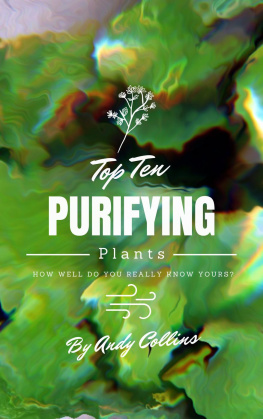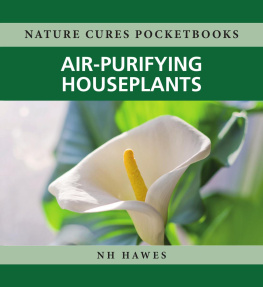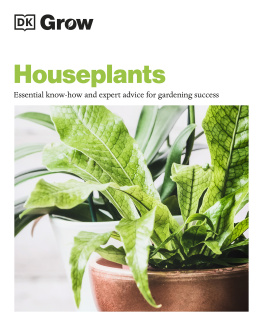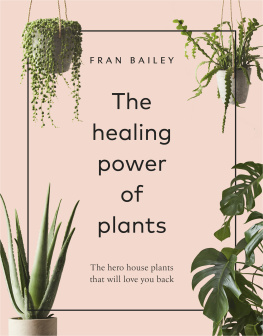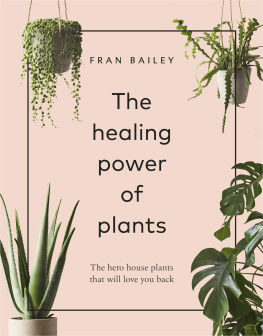Top 10 Purifying Plants
By: Andy Collins
While every precaution has been taken in the preparation of this book, the publisher assumes no responsibility for errors or omissions, or for damages resulting from the use of the information contained herein.
TOP 10 PURIFYING PLANTS
First edition. February 6, 2021.
Copyright 2021 Andy Collins.
Written by Andy Collins.
10 9 8 7 6 5 4 3 2 1
If you resemble many people, you stress over the quality of the air you're breathing. There's just so much pollution nowadays, from factories and industries, lorries, and pre-owned smoke.
And it's not just outdoors, either.
Inside, you're exposed to that very same air, plus whatever poisonous chemicals take place to be in your cleaning items or the paint on your walls. There are also numerous microorganisms living in your home.
NASA produced a report on "Interior Landscape Plants for Indoor Air Pollution Abatement." This research study took a look at numerous plants, plus a carbon filter to see whether the plants might soak up and cleanse contaminants and microbes from indoor air.
Based on this report and other sources of proven research, we've compiled a list of the leading indoor plants that can help cleanse your home's air and secure you and your family from contaminants and microbes.
Most importantly, many of these are very simple to grow and keep, so even if you aren't a green thumb, you can have clean air inside your home.
One thing to keep in mind, though. These are live plants, so they'll need care and attention. If you overwater, you may wind up with mold or other fungus that will make the air worse instead of better.
Be sure to follow instructions and take care of your plants properly, so they'll flourish, and assist eliminate all those toxins from your air.
In this special report, we'll uncover at the top indoor plants that will cleanse the air you breathe, in addition to how to take care of them.
We'll also cover which toxins are more than likely to be soaked up by each particular plant, so you much better understand how each variety goes to work in assisting tidy the air.
If you follow our directions and put a little work into caring for these plants, you'll have a lovely, green home with a superior air supply.
Let's begin!
Purifying Plant #1: Pothos

Houseplants are a valuable addition to any space. They bring a vibrant beauty inside and produce a natural sanctuary inside your home. They spruce up a dull corner or window. The right plant can be a great accent piece, whether it's a hanging fern or a tall palm tree. And of course, they assist create fresher air for you and your household.
One of these terrific plants is called Pothos (otherwise referred to as Golden Pothos or Devil's Ivy).
Pothos is one of the simplest houseplants to keep alive. It's a tropical plant, so it likes the warmth of an indoor setting. It's a trailing vine with heart-shaped leaves and can mature to six to ten feet in length.
Pothos will endure low light and humidity, so it's quite easy to please this plant and keep it. However, for a much healthier growth, give it intense (but not direct) sunshine and permit the soil to dry out in between watering.
In addition, you'll want to pick a well-draining potting soil. If your Pothos has pale leaves, it's most likely getting too much sun, whereas if you begin to discover the look of in a different way-colored zones within the leaves, it suggests it's getting insufficient.
If it starts getting a little leggy, simply prune it back to form it and control the length.
Keep in mind: Pothos and philodendron plants are often confused. Pothos stems are grooved, while philodendron stems aren't. New philodendron leaves have a sheath that dries and falls off; pothos does not have this sheath.
Pothos likewise like brighter light and warmer temperatures than philodendrons. You'll typically see pothos offered in hanging baskets.
Suggestion: They aren't heavy feeders, so fertilize regular monthly to bi-monthly throughout the growing season.
Because it eliminates toxic substances like formaldehyde and benzene, typically discovered in fresh paint, you typically see this plant in workplaces or living rooms. However, it likewise soaks up carbon monoxide gas, so it's an excellent option for a bedroom too.
And Pothos likewise absorbs xylene and trichloroethylene.
Word of Caution: This plant causes oral inflammation and trouble swallowing in family pets, so make sure your canine or cat does not chew on the leaves or stems.
Purifying Plant #2: Dwarf Date Palm

The pygmy date palm belongs to family Arecacea, a huge group with over 2,600 types growing in tropical and sub-tropical zones of the world.
This particular type is called the date palm since the little yellow flowers on the female trees pave the way to purplish dates when fertilized.
Palms have various graceful arching frond-like leaves that branch directly from the trunk and the dwarf or pygmy range can reach a height of 6 to 10 feet.
In the wild (Southeast Asia and Africa), they grow in the thick underbrush along riverbanks, in full sun to partial shade. They do not like a great deal of direct sunshine, however a little will be all it needs.
Tip : Try a south- or east-facing window.
Your palm will want plenty of water so plant it in sandy, well-drained soil and keep a routine watering schedule.
Further, Date palms prefer temperature levels above 50 degrees F (as much as 75 degrees) so keep them away from cold drafts throughout Winter season.
Next page
